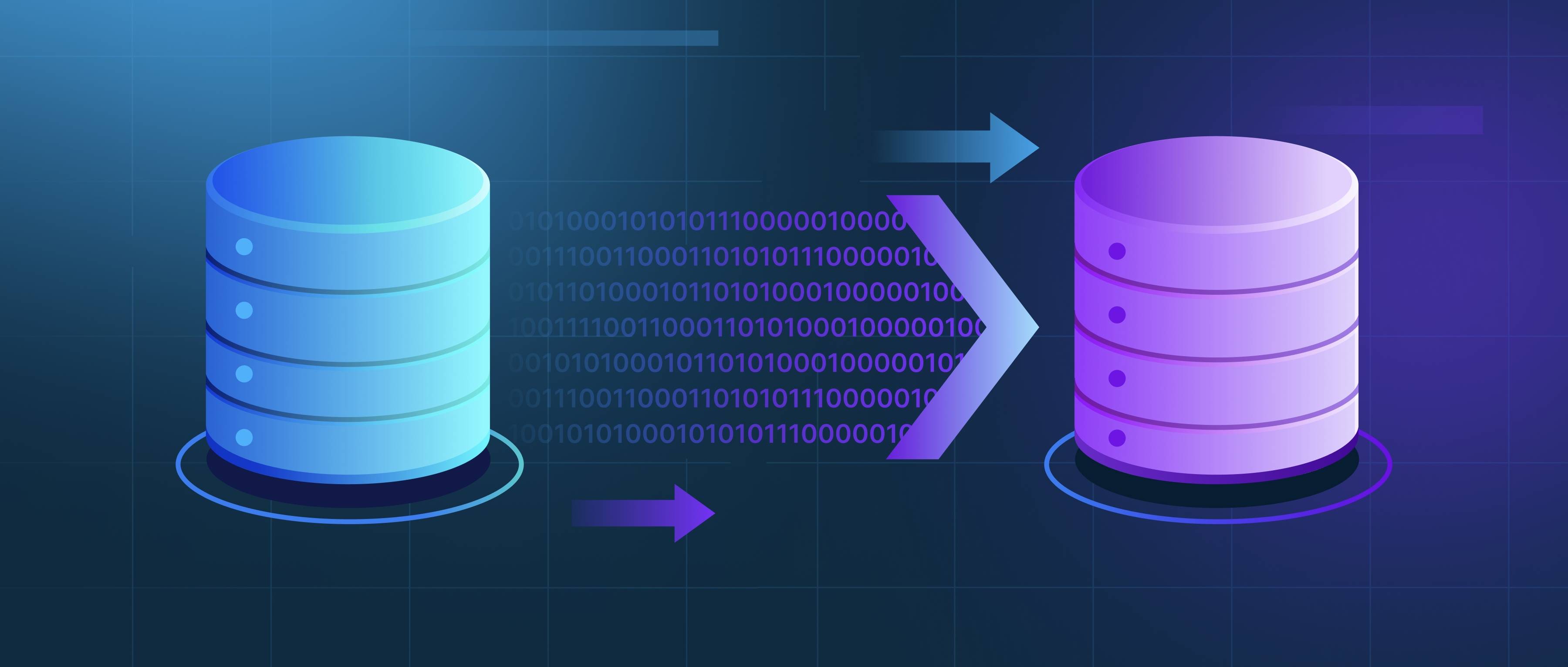To extract data from OpenAI models for further analysis, you can use the OpenAI API, which provides a straightforward way to interact with their models, like GPT-3 or GPT-4. First, you'll need to sign up for an API key from OpenAI, which will grant your application access to the model’s capabilities. Once you have your API key, you can make HTTP requests to the API endpoints to send prompts and receive model responses. The most common use case involves sending a text prompt to the model and retrieving the generated text, which you can then save for analysis.
When making calls to the API, you'll typically use a programming language like Python, JavaScript, or any other language that supports HTTP requests. For example, in Python, you can use the requests library to send a POST request with your prompt. The response you receive includes the generated text along with some metadata, such as token usage and model information. You can store this output in a structured format such as JSON or CSV, making it easier to analyze later. This data can then be imported into data analysis tools like Pandas or any database for further exploration.
Additionally, consider how you format your prompts to get the most useful data for analysis. Clear, specific prompts generally yield better responses. For instance, if you're analyzing sentiment, you might ask the model, "Analyze the sentiment of the following text: 'I love using OpenAI tools for my projects.'" By doing this, you help the model generate data that aligns more closely with your analysis goals. After extracting the data, you can run various analyses, like sentiment analysis, topic modeling, or comparative studies, depending on your objectives. This process allows developers to leverage OpenAI's capabilities effectively and analyze the output in a meaningful way.
